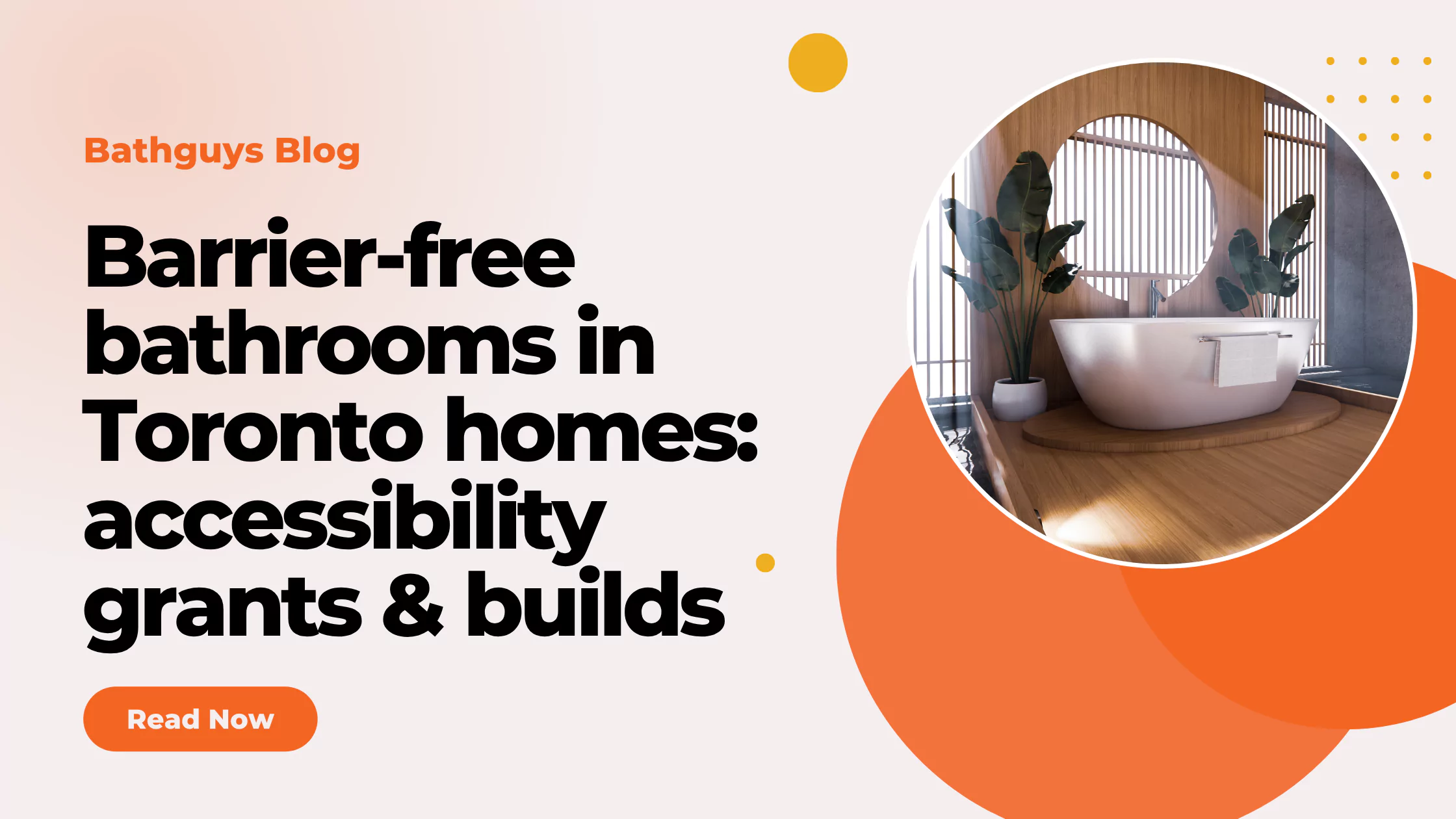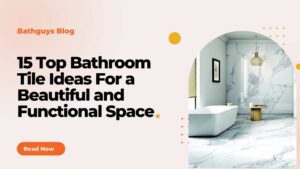Are you thinking about making your bathroom safer and easier to use? Whether you’re caring for aging parents, someone with mobility challenges, or simply planning for the future, creating a barrier-free bathroom in your Toronto home can be a smart and life-changing decision. But many homeowners don’t know that there are grants and funding programs available to help cover the costs.
In this blog, we’ll walk you through everything you need to know—from what a barrier-free bathroom looks like, to how you can apply for accessibility grants in Toronto and the GTA. If you want a space that’s both stylish and easy for everyone to use, and you’d like to save money while doing it, keep reading—this guide was made just for you.
Table of Contents
What Is a Barrier‑Free Bathroom?
A barrier-free bathroom is designed to be easily accessible for everyone—regardless of age, mobility level, or physical ability. Unlike standard bathrooms, these spaces remove obstacles that can cause slips, trips, or difficulty during daily routines. They’re especially important in homes where seniors, individuals with disabilities, or those recovering from injury live.
Common features of a barrier-free bathroom include:
- Roll-in or walk-in showers with no raised step
- Grab bars near the toilet and shower for added support
- Non-slip flooring to prevent falls
- Wider doorways to accommodate wheelchairs or walkers
- Wall-mounted sinks for easier access while seated
These designs aren’t just practical—they’re also customizable and stylish. Whether you’re doing a full renovation or making small upgrades, going barrier-free means you’re creating a space that works for all stages of life.
If you live in Toronto or the GTA, planning a barrier-free bathroom renovation can also make you eligible for certain government grants and tax credits, which we’ll explore in the next section.
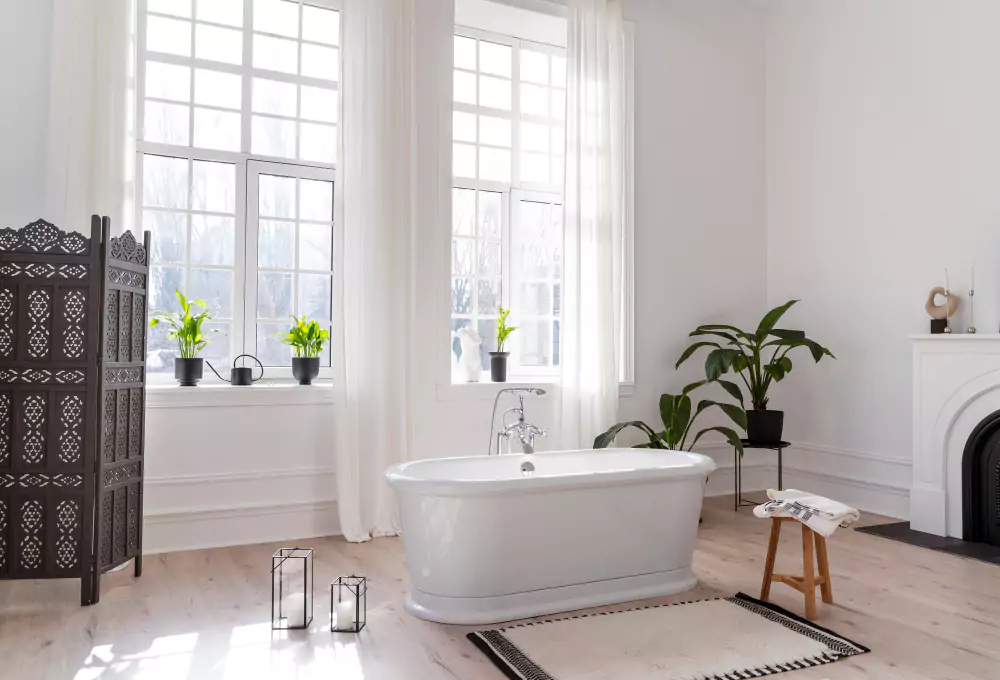
Why Toronto Homeowners Should Go Barrier‑Free
Making your bathroom barrier‑free is more than just a home improvement—it’s a smart investment in safety, comfort, and long-term value. For Toronto homeowners, it’s especially important as the population ages and more families choose to care for loved ones at home.
A barrier-free bathroom in your Toronto home helps reduce the risk of falls and injuries, which are common in traditional bathroom setups. It also allows seniors and people with mobility issues to live more independently, improving their quality of life. This is especially important in a city like Toronto, where wait times for long-term care can be lengthy and costly.
Another key reason to upgrade is the growing push for accessible home design in the GTA. Whether you plan to stay in your home or sell in the future, accessible features make your property more attractive to a wider group of buyers. In fact, barrier‑free renovations can increase home value, especially in neighbourhoods with aging demographics.
Best of all, if you live in Toronto or the surrounding area, there are accessibility grants, tax credits, and funding programs that can help lower the cost of your renovation. With the right planning and support, creating a barrier‑free bathroom is easier and more affordable than many homeowners realize.
Grants & Funding Options for GTA Homes
If you’re planning to build a barrier-free bathroom in your Toronto home, there’s good news—several government grants and tax credits can help reduce the financial burden. These programs are designed to support homeowners in making their spaces safer and more accessible for people with disabilities or mobility challenges.
1. Home Accessibility Tax Credit (HATC) – Federal
This non-refundable tax credit allows eligible homeowners to claim up to $20,000 in renovation expenses, which can result in a tax credit of up to $3,000. It covers improvements like walk-in tubs, roll-in showers, non-slip flooring, and widened doorways. To qualify, the person benefiting must be either a senior (65+) or someone eligible for the disability tax credit.
2. Enabling Accessibility Fund (EAF) – Federal
The EAF provides funding for accessibility upgrades in homes, workplaces, and community spaces. While mostly aimed at organizations, certain programs under this fund support home adaptations for persons with disabilities. It’s worth checking eligibility and availability through local partners or service agencies.
3. March of Dimes Canada – Home & Vehicle Modification Program (Ontario)
This Ontario-wide program helps low-to-moderate income families with the cost of home modifications. If you or a household member has a permanent disability, you could receive up to $15,000 for renovations like accessible bathrooms. Note: You must apply before starting construction.
4. Ontario Renovates Program – Select GTA Municipalities
Some municipalities within the GTA, like Peel Region and Durham, offer forgivable loans or grants through the Ontario Renovates program. These funds may cover accessibility modifications including grab bars, raised toilets, and zero-threshold showers. Availability and criteria vary by region.
5. City of Toronto – HELP (Home Energy Loan Program)
While not an accessibility grant, Toronto’s HELP program provides low-interest loans for home upgrades, including water-saving toilets. If you’re doing a full remodel, you may be able to bundle accessibility changes with eco-friendly upgrades for added value.
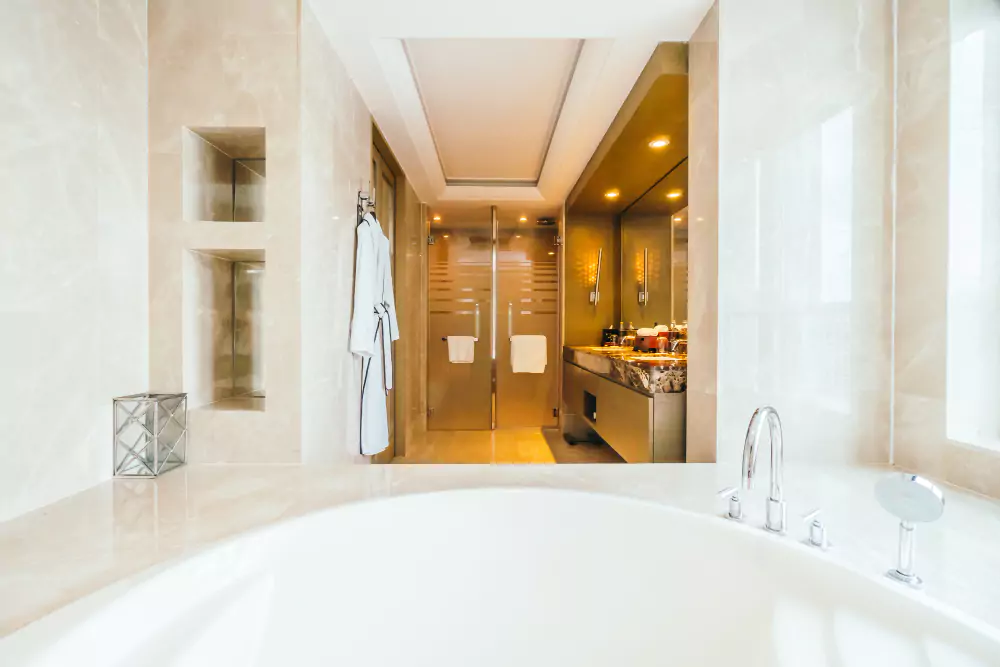
Step‑by‑Step Guide to Your Bathroom Upgrade
Planning a barrier-free bathroom in your Toronto home can feel overwhelming, but with the right steps, it becomes a smooth and rewarding process. Here’s a simple guide to help you through your renovation—from idea to completion.
1. Assess Your Needs
Start by identifying who will use the space and what their mobility needs are. Consider future accessibility as well—aging-in-place is a growing priority for many Toronto homeowners. A professional accessibility consultant or experienced contractor like BathGuys can help you evaluate what features your bathroom really needs.
2. Set a Budget and Explore Funding
Determine how much you can spend and explore available grants and tax credits in Toronto or the GTA. Programs like the Home Accessibility Tax Credit and March of Dimes Canada can ease your costs. Apply early, as some require pre-approval before starting any work.
3. Design Your Barrier-Free Layout
Work with your contractor to design a layout that balances safety, comfort, and aesthetics. Common features include:
- Roll-in showers with built-in seating
- Wall-mounted sinks for wheelchair access
- Non-slip flooring
- Lever-style faucets for easy use
- Grab bars and raised toilet seats
Use this phase to make decisions about materials, fixtures, and finishes that match your style and meet Ontario Building Code accessibility standards.
4. Get the Necessary Permits
In Toronto, most bathroom renovations—especially those involving plumbing changes or structural work—require a building permit. A professional renovation team can help you secure the right approvals before construction begins.
5. Hire a Certified Renovation Expert
Choose a local renovation company that understands both accessibility requirements and GTA building codes. BathGuys specializes in barrier-free bathroom renovations in Toronto homes, ensuring the work is both compliant and high-quality.
6. Begin Construction
Once your design is approved and funding is in place, construction can begin. Timelines vary based on project size, but most renovations take between 2 to 4 weeks. Clear communication with your contractor is key to keeping things on track.
7. Final Walkthrough & Claim Your Grant
After construction, review the finished space to ensure everything meets your needs. Collect all invoices and documentation—these will be needed to claim your tax credit or report grant spending. Some programs may also require a final inspection.
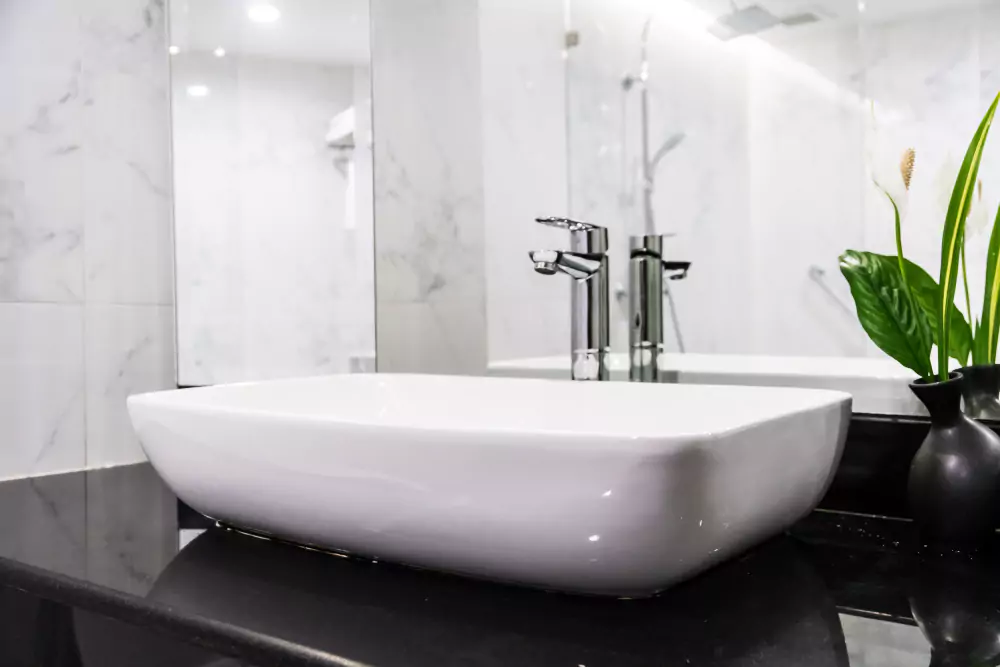
Also Read this: Best Waterproofing Solutions for Bathrooms in Canada
Conclusion
Creating a barrier-free bathroom in your Toronto home is more than just a trend—it’s a practical, future-ready upgrade that boosts safety, comfort, and property value. With the right design, expert help, and access to accessibility grants in Toronto and the GTA, you can transform your space without stretching your budget. Whether it’s a full renovation or a few smart changes, a barrier-free bathroom remodel offers lasting benefits for seniors, individuals with disabilities, and families planning to age in place. Let trusted professionals like BathGuys guide you every step of the way toward a safe, accessible, and beautiful home.
Frequently Asked Questions
What is considered a barrier-free bathroom in Ontario?
A barrier-free bathroom in Ontario includes features like walk-in or roll-in showers, grab bars, raised toilets, and wide doorways that allow easy access for people with mobility challenges or disabilities.
Are there grants available for barrier-free bathroom renovations in Toronto?
Yes, several grants and programs are available, including the Home Accessibility Tax Credit, March of Dimes Home Modification Program, and local Ontario Renovates programs. These can help cover costs for accessibility upgrades.
How much does it cost to build a barrier-free bathroom in Toronto?
Costs vary based on design and materials but typically range from $15,000 to $30,000. Grant programs and tax credits can reduce out-of-pocket expenses significantly.
Who qualifies for bathroom renovation grants in the GTA?
Seniors aged 65+, individuals with permanent disabilities, and households meeting income criteria may qualify for renovation grants. Most programs require applications before beginning the work.
Can a barrier-free bathroom increase my home’s resale value?
Yes, homes with accessible features are in high demand, especially among older buyers and families with special needs. A professionally designed barrier-free bathroom adds both functionality and market appeal.

